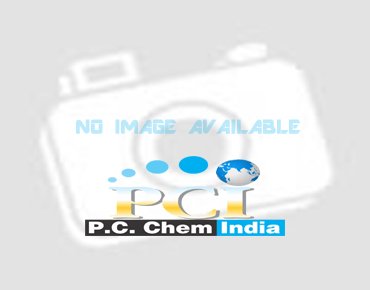CERTIFICATE OF ANALYSIS
PRODUCT NAME:HEMATOXYLINE
CAS NO:517-28-5
FORMULA:C16H14O6
MOLAR MASS:302.28 g·mol−1
INFORMATION OF HEMATOXYLINE:Haematoxylin or hematoxylin (/??hi??m????t??ks???l???n/), also called natural black 1 or C.I. 75290, is a compound extracted from theheartwood of the logwood tree (Haematoxylum campechianum).[1] Hematoxylin is a basic and positively charged compound that binds to and forms salts with acidic (basophilic) compounds containing negative charges (such as DNA and RNA, which are acidic/negative because the nucleic acid building blocks that come off the phosphate backbone are negatively charged) and stains them dark blue or violet. Haematoxylin and eosin together make up haematoxylin and eosin stain, one of the most commonly used stains in histology. This type of stain is a permanent stain as opposed to temporary stains (e.g. iodine solution in KI). Another common stain is phosphotungstic acid haematoxylin, a mix of haematoxylin with phosphotungstic acid. When oxidized it formshaematein, a compound that forms strongly coloured complexes with certain metal ions, the most notable ones being Fe(III) and Al(III) salts. Metal-haematein complexes are used to stain cell nuclei prior to examination under a microscope. Structures that stain with iron- or aluminium-haematein are often called basophilic, even though the mechanism of the staining is different from that of staining with basic dyes.
PRODUCT NAME:HEMATOXYLINE
CAS NO:517-28-5
FORMULA:C16H14O6
MOLAR MASS:302.28 g·mol−1
INFORMATION OF HEMATOXYLINE:Haematoxylin or hematoxylin (/??hi??m????t??ks???l???n/), also called natural black 1 or C.I. 75290, is a compound extracted from theheartwood of the logwood tree (Haematoxylum campechianum).[1] Hematoxylin is a basic and positively charged compound that binds to and forms salts with acidic (basophilic) compounds containing negative charges (such as DNA and RNA, which are acidic/negative because the nucleic acid building blocks that come off the phosphate backbone are negatively charged) and stains them dark blue or violet. Haematoxylin and eosin together make up haematoxylin and eosin stain, one of the most commonly used stains in histology. This type of stain is a permanent stain as opposed to temporary stains (e.g. iodine solution in KI). Another common stain is phosphotungstic acid haematoxylin, a mix of haematoxylin with phosphotungstic acid. When oxidized it formshaematein, a compound that forms strongly coloured complexes with certain metal ions, the most notable ones being Fe(III) and Al(III) salts. Metal-haematein complexes are used to stain cell nuclei prior to examination under a microscope. Structures that stain with iron- or aluminium-haematein are often called basophilic, even though the mechanism of the staining is different from that of staining with basic dyes.



